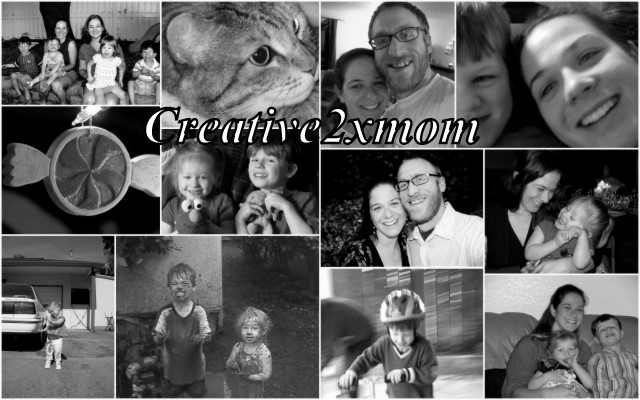1. Label, label, label- Label everything that you feel comfortable with. Sure it seems a little silly at first to put "door" on your front door, but once you get started, labeling can be fun. Using your computer and a basic word processing program, you can quickly make labels for dozens of things in your home. Go crazy!
2. Signs and charts- These don't have to be anything fancy. The dollar store usually cares a lot of this stuff. From ABC charts to maps of the US, posters of colors and shapes, decorate your child's room with education material that will make letter recognition an everyday activity. Remember to keep these items at a child's eye level.
3. Point out letters & numbers in everyday items- When you stop at a stop sign, point out the letters that make up the word. Read labels in the grocery store. Recognize numbers on money and checks. Use reading time as a chance to recognize the letter of the week. Allow your child to cook with you and utilize box instructions, recipes, etc. If you clip coupons, look for numbers and quantities while planning your shopping trip.
4. Plan playful experiences- My kids love to read before nap and bed times. Use this time to look for letters that your child recognizes. Play board games together, pointing out numbers and letters as you move around the board. Look for the same numbers and letters in the instruction manual.
5. Create a name tag for your child to be used at meal times- You can also create a "mock place mat" with printer and contact papers. Draw the times for a place setting on the printer paper and label them with the correct words (plate, fork, spoon, knife, cup, napkin). Cover in contact paper and place on the table. This will help your child learn to set the table and recognize the words for everyday items.
6. Utilize your calendar- Help your child to learn numbers by teaching them about the calendar. Point out important dates and talk about how many days until the event arrives. Use this as a counting lesson. Also if your lifestyle allows, post a daily schedule with times and events as they occur throughout the day.
7. Create a writing center in your home- Make writing materials available, such as pens, markers, crayons, paper, pencils, envelopes, stamps, etc. Encourage your child to draw, scribble, form letters, keep a journal, write to relatives, play post office, etc. Write with your child and model your own writing skills as well.
I hope these ideas will help you get started in developing your own print rich environment in your home. Remember these are just a few starting points to get your creativity going. If you think of more, don't be afraid to try them. It's all about getting your child to recognize and see the letters around them.
Have you tried anything like this in your home? What works for you?
Linked to:
Works for Me Wednesday @ We Are THAT Family







1 comment:
Great ideas! I've been meaning to make the "mock place mat" for our 3yo!
Blessings,
Michele
Post a Comment